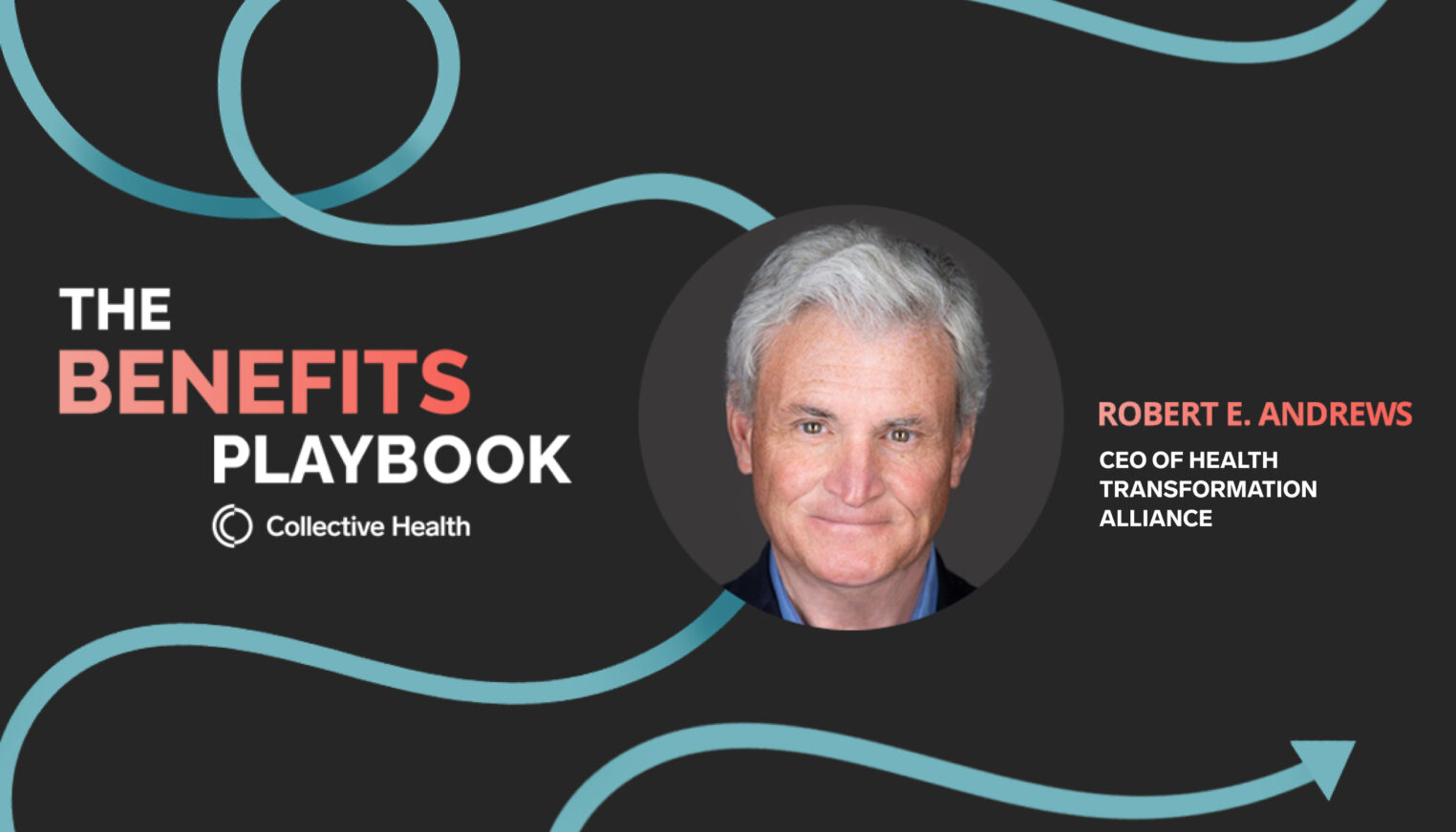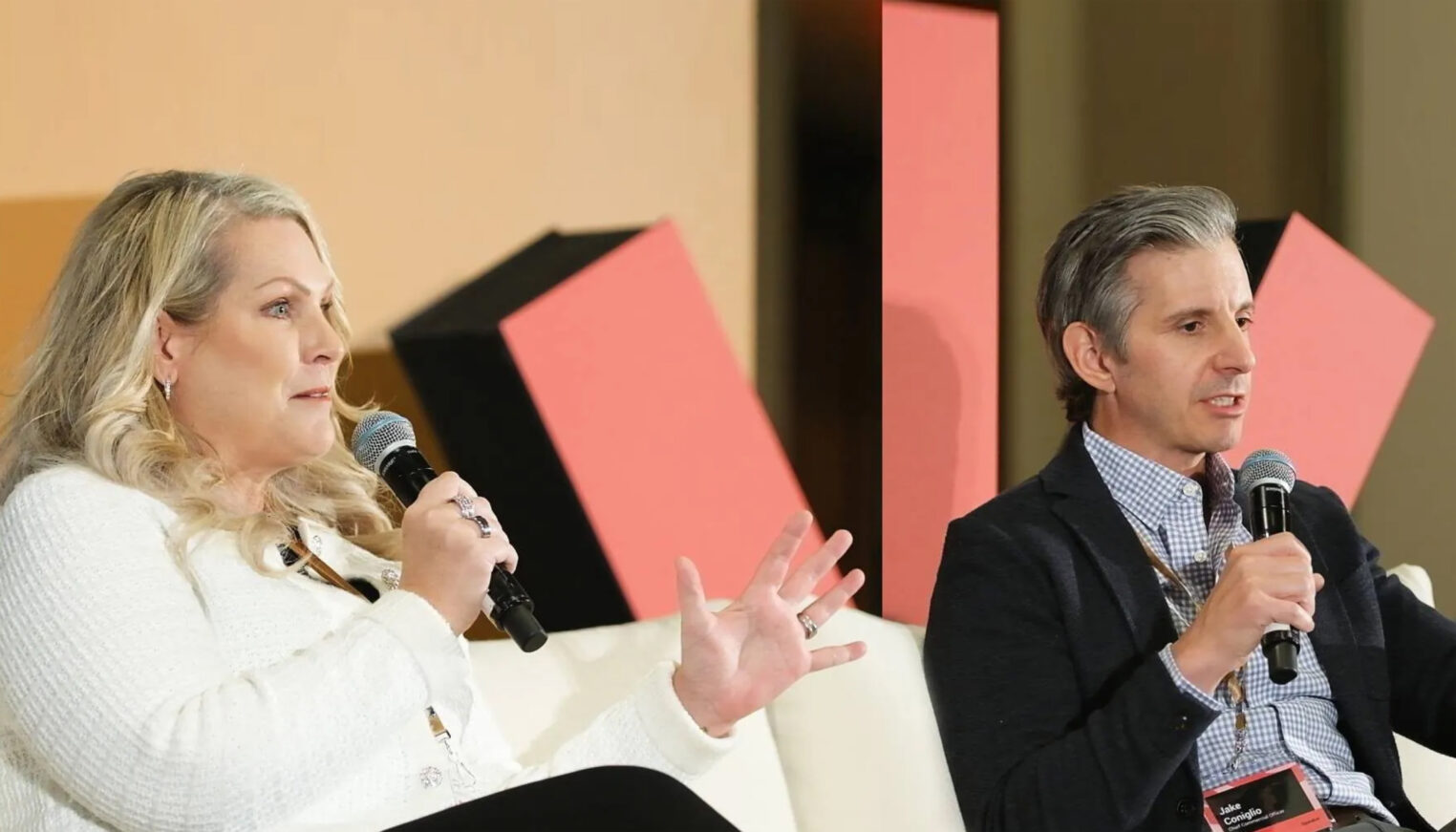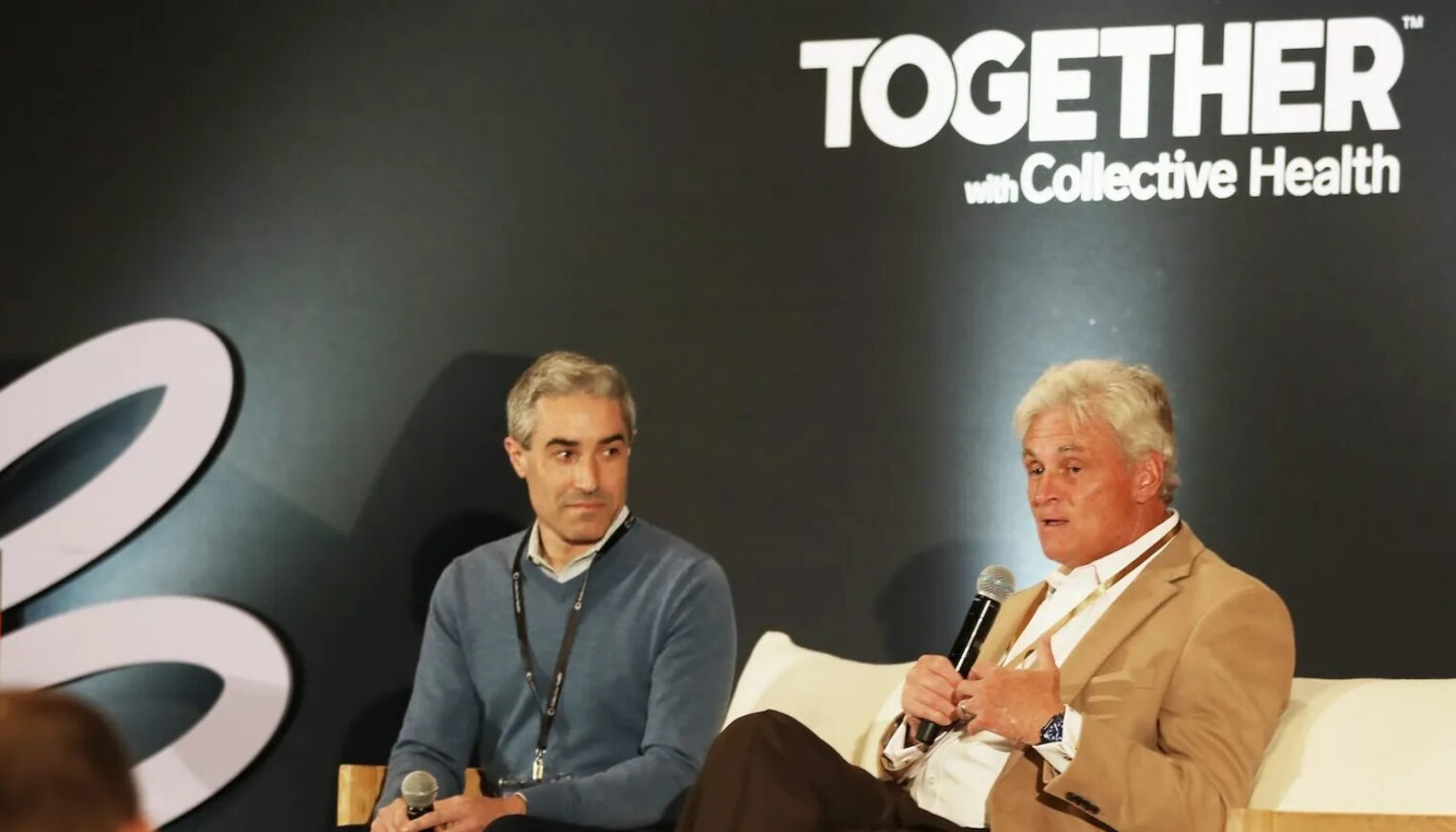One of the incredible speakers joining Together 2021 is Dr. Dana Udall, Chief Clinical Officer at Ginger. Ginger is an on-demand mental health company that supports employees across a spectrum of care, including self-guided care, 24/7 on-demand behavioral health coaching, and therapy and psychiatry sessions, all through their app. Dr. Udall has been with Ginger for over 4 years, where she has led the development of the organization’s multidisciplinary, collaborative care model.
As an expert, she will be speaking at Together on May 13th, about “The Next Normal of Healthcare,” and how employers can embrace virtual-first care and build benefits programs to support it, all while prioritizing their people. In advance of the event, we invited Ginger and Dr. Udall to share some perspectives on ways that benefit leaders can more effectively support the mental health of their people right now. Below are some fresh insights from Ginger’s Third Annual Workforce Attitudes Toward Mental Health Report, which surveyed more than 1,200 U.S. full-time workers and over 150 CEOs. The survey unearths how just one year into the pandemic, both employees and senior leaders view and understand behaviors related to supporting mental health in the workplace.
Ginger’s survey found that many employees are feeling extremely stressed, and while many of their CEOs think they are providing adequate support, some are falling short:
- 70% of workers felt more stressed because of the pandemic than at any other point in their entire professional career.
- While 96% of CEOs believe they’re doing enough for employee mental health, only 69% of employees feel the same.
There’s a sizable disconnect in how the C-Suite and their employees perceive their efforts around mental health support. So what can CEOs, and HR and Benefits leaders do to bridge that gap, and more effectively address mental health?
Dr. Udall and Ginger offer their perspective:
1. Invest in a mental health benefit that goes beyond the services of traditional solutions like employee assistance programs (EAPs).
EAPs usually provide access to a limited number of in-network providers and can come with long wait times before people receive their care. Ginger’s research has shown that employees both appreciate and expect a mental health benefit included in their benefits package. While there’s currently a supply-demand issue in mental healthcare, virtual care has opened the door to new tools and resources for companies to revolutionize how they’re offering care.
Virtual care has become the norm, with Ginger’s research showing employees increasingly turning to virtual care for the past three years. Three quarters (76%) of employees who worked with a mental health professional did so virtually in the past year, and nearly 100% of CEOs and employees that received mental health support over the last year overwhelmingly agreed it helped at work.
2. Create clear lines of communication and ensure your employees are educated on their benefits.
Many companies have invested in the right benefits, but without clear and open communication to their employees, that investment falls short. While 69% of CEOs say they’re accepting of emotional and mental health issues in the workplace, only 35% of employees surveyed believe this is true. This additional gap in perception between CEOs and their employees indicates there’s perhaps some overstatement by CEOs, a lack of awareness by employees, or both. One way to ensure your employees know you prioritize mental health is by educating them on their health benefits and encouraging your employees to take advantage of them. Benefits leaders should create a strong marketing plan around your mental health benefits that broadens the mental health discussion to your employees’ personal needs and everyday challenges, like sleep, adapting to change, and loneliness—and not just mental health conditions.
3. Encourage open dialogue around mental health and develop policies that prioritize it.
Ginger’s research shows that employees feel that their leadership talks about their own emotional and mental health more now than in the past, and 87% of employees say they appreciate it. Even without mental health benefits, it’s critical that leaders discuss the importance of mental health issues and normalize the conversation around mental health support.
Leaders can also develop policies that support the overall wellbeing of your employees:
- Promote work-life balance through policies that support mental health and boundaries, such as no emails on the weekends, flexible work hours, and mental health days for employees.
- Create a predictable working environment by maintaining open communication with employees, empowering them with defined, clear goals, and establishing regular routines. It’s also important to recognize that 100% productivity isn’t realistic right now.
Together with Collective Health 2021 is just days away. Make sure to register and tune in to hear from an incredible lineup of speakers who will discuss how we can embrace the shifts and demands of this last year to create a better future of healthcare—Together. Save your spot today!



